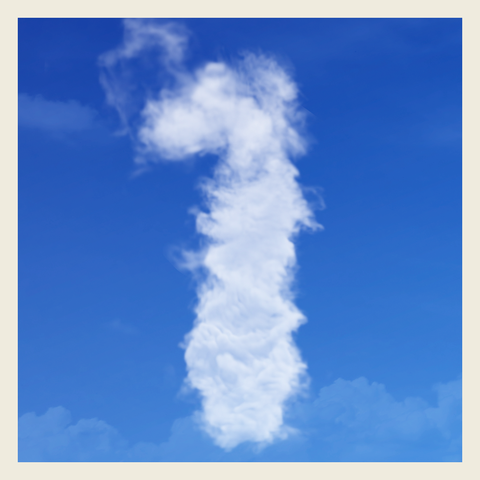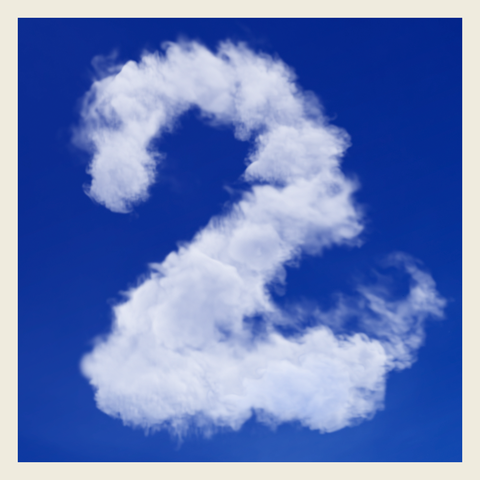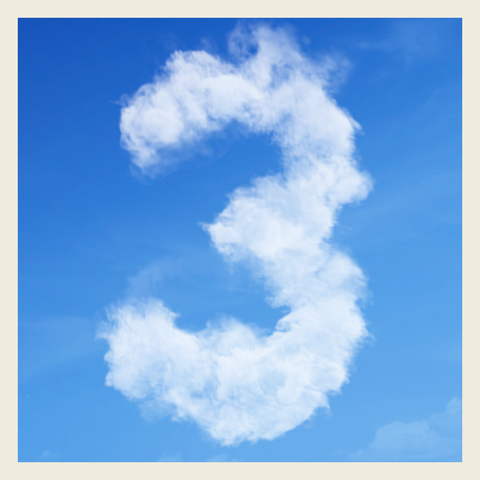IT BEGINS AT 4:00 A.M. on a Saturday, a throbbing and unceasing pain behind my left temple. I try to go back to sleep but can’t—the second missed clue—and around 6:00 A.M. I face another day of weekend work.
It’s the fall of 2020 and I’m at risk of losing my job at ESPN. Two decades of outworking others—by writing books and hosting a podcast, among other pursuits—and of taking pride in friends saying, “How do you do it all?” has convinced me I must do even more now. I should find solace in all the skills I’ve developed to support my wife, Sonya; our three kids; and my mother-in-law, who moved in when she retired. I don’t.
By midday, I can’t focus and have to lie down. Soon I’m hyperventilating as searing pain spreads to my stomach and then to my fingers and toes, suddenly inflamed and too sensitive to touch anything. At the ER, Sonya speaks for me while I undergo a CAT scan that thankfully rules out a brain aneurysm.
The bad news, the neurologist says, is that he’s seeing more guys like me, for whom the pandemic accentuates stress that goes ignored until their anxiety levels rise so high that they double over.

Seventy-seven percent of us say we’re way more stressed now, according to a Cleveland Clinic survey. Fifty-nine percent say the Covid quarantine has done more damage to our mental health than the 2008 economic crisis. Yet 66 percent of us live out the old-line mores of masculinity and rarely discuss the pain and the impact the pandemic has had on our mental health.
“And so you end up here,” the neurologist says. His advice? Don’t come back.
The stress I’m feeling—I decide I have to do something about it.

Lesson 1: Identify When Not To Hustle
I HAVE TO DO NOTHING. That’s what I settle on with my therapist: incorporate idleness into my day. “Rest will relax you,” he says. Then a few weeks later, I get a call from my boss with an executive from HR on the line and they lay me off.
Now the crisis is real. I can feel the anxiety and fear of looming destitution pushing me toward more crazed productivity, fueled by the urge—primal and real—to provide. My therapist recommends I start with a walk.
It’s not the prescribed nothing—I still scoff at nothing—but the walk will separate me from the everything on my laptop. I keep it short, staying on the shaded street of my quiet suburb, listening to a biography of Douglas MacArthur because, c’mon, I’m not not going to be productive. But I do in fact feel calmer yet energized when I get back, which makes me curious. Can doing nothing be a productivity hack?
It turns out Thomas Edison and his employees would spend hours doing nothing but pondering. It led to some of the team’s greatest insights. Bill Gates has long taken what he calls a think week, during which he goes alone to a remote area to simply read and think. That inspired many Microsoft wins. These days, Stefan Sagmeister takes a whole year off once every seven years. It’s made his New York– based design firm one of the most sought-after in the world because, as he says in a TED Talk, each “sabbatical” provides unrivaled insight and enthusiasm for future projects.
Staying true to form, Sagmeister turned down my request to speak with him by saying, “During this unusual time, I try to minimize my scheduled time in front of screens and on the phone.” That’s baller.
I take my cues from these entrepreneurs and literally schedule idleness using the calendar I’ve crowded with projects. Some days it’s the half-hour walk my therapist recommends. Other days it’s a block of daydreaming when I journal about projects I might one day pursue. Sometimes it’s acting as my nine-year-old twin boys’ PE coach while they learn remotely. As it does for everyone else, the downtime produces real results for me. During one daydream session, I get the idea to start a paid online community to help creative types learn from one another in ways they can’t from social media.
A small business is born.

Lesson 2: Trust the Power of Idleness
IN MY EMERGING DOWNTIME, I read books like Andrew Smart’s Autopilot: The Art and Science of Doing Nothing, which articulates a theory for why unplugging is so important. When regions of the brain “do nothing,” Smart tells me, they’re actually “organizing themselves for later use.”
This neural recuperation has a name, the resting-state network (RSN), and also a function: to foster creativity. That’s according to the neurologist who laid the groundwork for the study of the RSN, Marcus Raichle, M.D., of Washington University School of Medicine in St. Louis. Colleagues thought Dr. Raichle was crazy in the early 2000s for hooking people up to MRIs and observing what happened brainwise when the subjects did nothing physically.
“They’d just lie there,” Dr. Raichle says. But he found “there is ongoing activity in your brain, all the time,” which suggests neural rest is never rest. “Problems are getting solved,” he says, even without us knowing it.
Whether it’s Isaac Newton under the apple tree or me on a walk, Dr. Raichle argues we are often at our creative best when we’re most relaxed. That’s true for me. I’m happier, thinking more clearly because of my scheduled downtime. Though I have more work than ever, I’m less stressed. I realize I’ve been working the wrong way for 20 years. I need not wrestle and pin and rule the hours of each day. I can move with them, enjoy them for what they are. I find snatches of time for still more downtime.

Lesson 3: Do Less to Feel More
AT A CERTAIN POINT in the spring of 2021, it feels off to say I’m using rest as a guide to optimized productivity. I’m beyond life hacks. I’m developing a worldview now, with idleness—that long-ago-prescribed nothing—as its core tenet.
As artist and author Jenny Odell says in her recent book, How to Do Nothing: Resisting the Attention Economy, “such ‘nothings’ cannot be tolerated [by modern society] because they cannot be used or appropriated and provide no deliverables.” Odell connects the less-is-more ideology to ancient Greek philosopher Epicurus, who established a garden and a school of thought on the premise that the good life comes from studying everyday life closely.
One day, I call up Tom Hodgkinson just before he leaves the office early so that he can properly observe his vibrant city on the bike ride home to his flat. Hodgkinson runs The Idler, which is a mindset as much as it is a magazine published in London: His team hosts events and even a full-blown academy to teach the art of simple pleasures, what some see as indolence but is in fact heightened intelligence. “People feel—men feel—that they must act responsibly, meaning that they have to slave away at the office to provide for their families. But then they get to be 50 and their wives hate them and their kids are grown and don’t know them,” Hodgkinson says. “That is irresponsible to me.”
We talk about the Harvard Grant Study, a longitudinal project that tracked World War II–era Harvard students from the time they were sophomores to the day they died. The chief finding, across decades and strata of careers? Happiness is a by-product of the relationships you keep, with your friends but even more so with your family.
“Happiness is love. Full stop,” one of the chief researchers on the Harvard Grant Study wrote.
“Exactly,” Hodgkinson says.

Lesson 4: Nothing + Nothing = Everything
AS THE WEATHER WARMS UP, I put down my work to teach my daughter to roller-skate. I attempt to keep up with my twins as they play Just Dance 2021 on the Nintendo Switch. My walks get longer and I leave my phone behind. I watch the rising sun limn the tree line. I distinguish birdsong. Back home, I answer fewer emails and begin to pray, something I haven’t done since childhood. It is both an act of faith and a communion with stillness.
I haven’t had a headache in weeks, but my hope is that we can all be, as Hodgkinson puts it, “evolved and superior people.” We still have time, even as the world reopens, to remember where that world of busyness will lead us. “Look where it led you,” Hodgkinson says.
“Exactly,” I say.
It’s led me, ultimately, to realize that idleness is not laziness. I’m still doing a lot. But the nothings that I schedule every day edit, and streamline, all the somethings I pursue. The nothings focus me not just on my work but also, as Epicurus would have had it, on the granular life outside it: the multitone silence of dawn as I stand in my kitchen in the moment before I brew coffee; the high-pitched shrieks of laughter at night when my kids and I play games together.
Lately, every noon hour, I’ve been walking the trail that leads to a river that runs behind my house. One day I meet a photographer who points to a swan and tells me it is seldom seen in our part of Connecticut. That’s why she’s brought her camera: to capture that which seems prosaic, discardable, nothing, but to the trained eye is beautiful and even transcendent.
Source: Read Full Article
